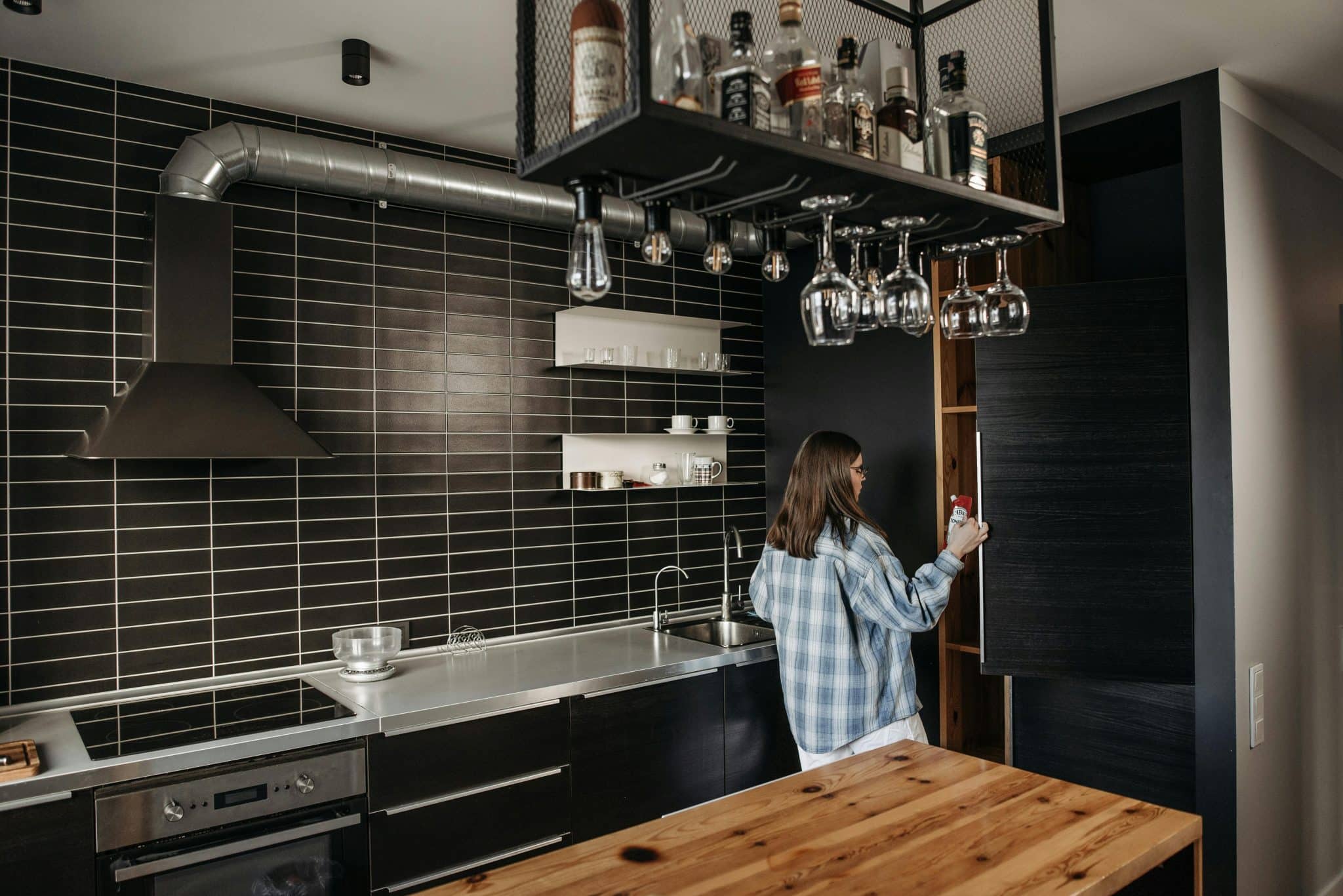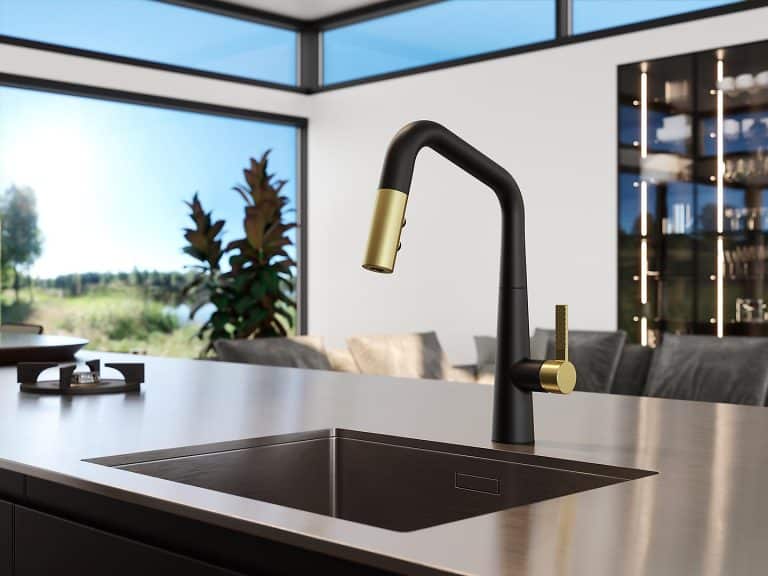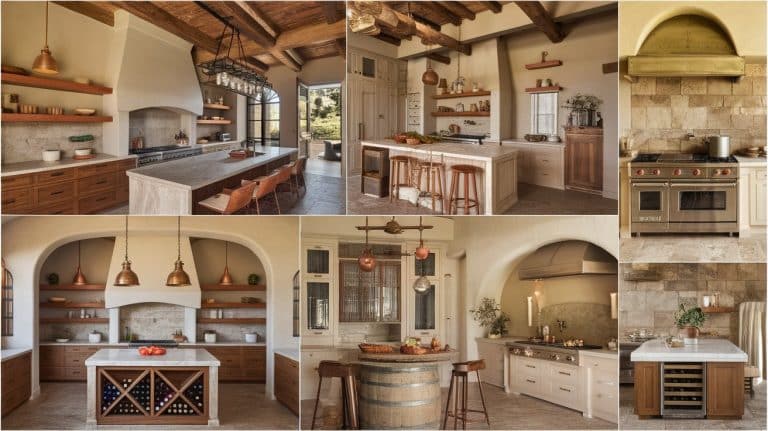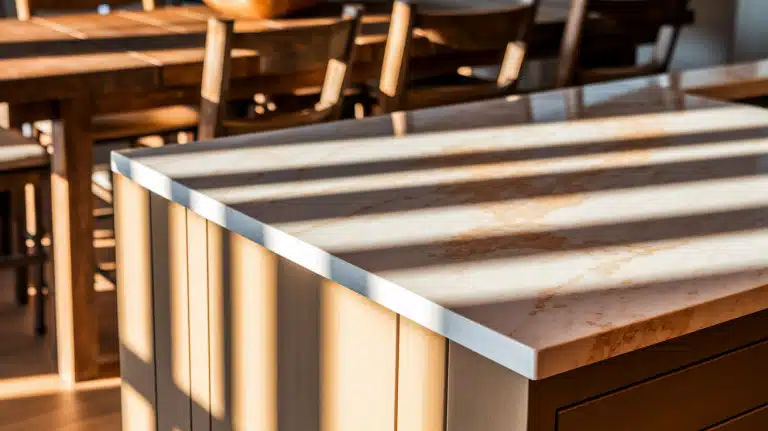Prolonging the Life of Your Kitchen Range and Oven
Key Takeaways
- Regular cleaning prevents buildup that can impair functionality.
- Proper usage and handling reduce wear and tear.
- Timely inspections and maintenance address potential issues early.
Your kitchen range and oven are among the most frequently used appliances in the home, making their care and maintenance essential for both efficiency and longevity. Consistent upkeep not only ensures your cooking experience remains seamless but can also prevent the high costs of repairs and replacements. A small investment of time and attention can significantly extend the lifespan of these appliances, saving you money and minimizing hassle.
Regular cleaning, proper usage habits, and timely professional checks are crucial steps in this process. Additionally, when parts inevitably need replacement, sourcing genuine components from reliable providers such as Samsung Parts.com can make a notable difference.
Genuine parts maintain your warranty, ensure compatibility, and help your appliance function optimally. Taking a proactive approach to maintenance can prevent unexpected breakdowns and keep your kitchen running smoothly. Over time, these small efforts collectively contribute to improved performance, enhanced energy efficiency, and increased overall safety.
Regular Cleaning and Maintenance
The foundation of a long-lasting oven and range is frequent, thorough cleaning. Grease, food debris, and spills accumulate quickly, leading to burnt odors, uneven cooking, or even damage to coils and burners. After each use, wipe up spills with a damp cloth before they harden. For deeper cleaning, use manufacturer-recommended cleaning agents that are safe for the appliance’s finish and interior lining. Avoid abrasive sponges or harsh chemicals, as they can cause scratches or chemical damage.
Pay special attention to removable components, such as oven racks and burner grates. Soak them in soapy water to loosen grime, making them easier to clean and helping to maintain their finish. Clean the oven’s vent hood filter regularly to prevent buildup that can restrict airflow—additionally, vacuum dust and debris around and behind the unit to reduce the risk of fire. A consistent cleaning schedule is your first defense against wear.
Proper Usage and Handling
How you use your appliances matters just as much as how you maintain them. Avoid slamming the oven door, as this can misalign the hinges and compromise the seals, resulting in heat loss. Always match pots and pans to the correct burner size, as oversized or undersized cookware can strain heating elements and result in uneven cooking or permanent damage to the cookware. Avoid overloading oven racks and refrain from placing foil directly on the oven’s bottom, as this can disrupt heat distribution and damage the appliance.
Follow the manufacturer’s instructions for preheating and multi-rack cooking. Never use the appliance for unintended purposes, such as heating your home or drying clothes, as these practices can put unnecessary strain on the equipment and create safety hazards.
Timely Inspections and Maintenance
Visual checks of your kitchen range and oven offer early warnings of potential issues before they become significant problems. Inspect the oven door gasket (seal) regularly—if it’s brittle, cracked, or loose, replace it promptly to prevent energy loss and overheating. Examine heating elements for any signs of blistering or discoloration, and look for rust or corrosion on exterior and interior surfaces. Drain and clean gas burners, and verify that electric coils heat evenly across their surface. If you notice persistent temperature irregularities, unusual odors, or rattling noises, schedule further inspection or repair.
Energy Efficiency Practices
Extending appliance life goes hand in hand with improving efficiency. Preheat your oven only when necessary and avoid opening the oven door frequently while baking. Each opening causes heat to escape, forcing the oven to work harder to restore the set temperature and increasing wear on the heating elements.
Use convection features when available, as these often cook food more efficiently by circulating hot air, reducing overall cook time and energy consumption. Small changes, like using lids on pots and cutting food to uniform sizes for even cooking, can reduce workload on burners and elements.
Professional Servicing
Even the most diligent home maintenance routine benefits from a yearly checkup by a qualified appliance technician. Professionals can assess heating elements, gas connections, thermostats, and other internal components not easily accessible to the homeowner, often identifying problems that would otherwise go unnoticed. These annual evaluations help you address minor faults before they become costly repairs, thereby maximizing the longevity and safety of your kitchen range and oven.
Using Quality Replacement Parts
When parts require replacement, such as heating coils, burners, knobs, or door seals, the use of authentic, high-quality materials can’t be overstated. notes that counterfeit or generic parts may seem like a bargain, but they can void warranties and lead to further breakdowns. Quality parts are designed specifically for your appliance’s make and model, offering perfect compatibility and preserving overall performance.
Conclusion
Extending the life of your kitchen range and oven isn’t complicated; it’s about combining mindful daily habits with regular deep cleaning, proper usage, timely inspections, and quality repairs. By incorporating these steps, you’ll have a kitchen that supports you for years to come, keeps costs down, and ensures delicious, predictable results every time you cook.
Reliable resources like these keep you informed and your home running smoothly.







